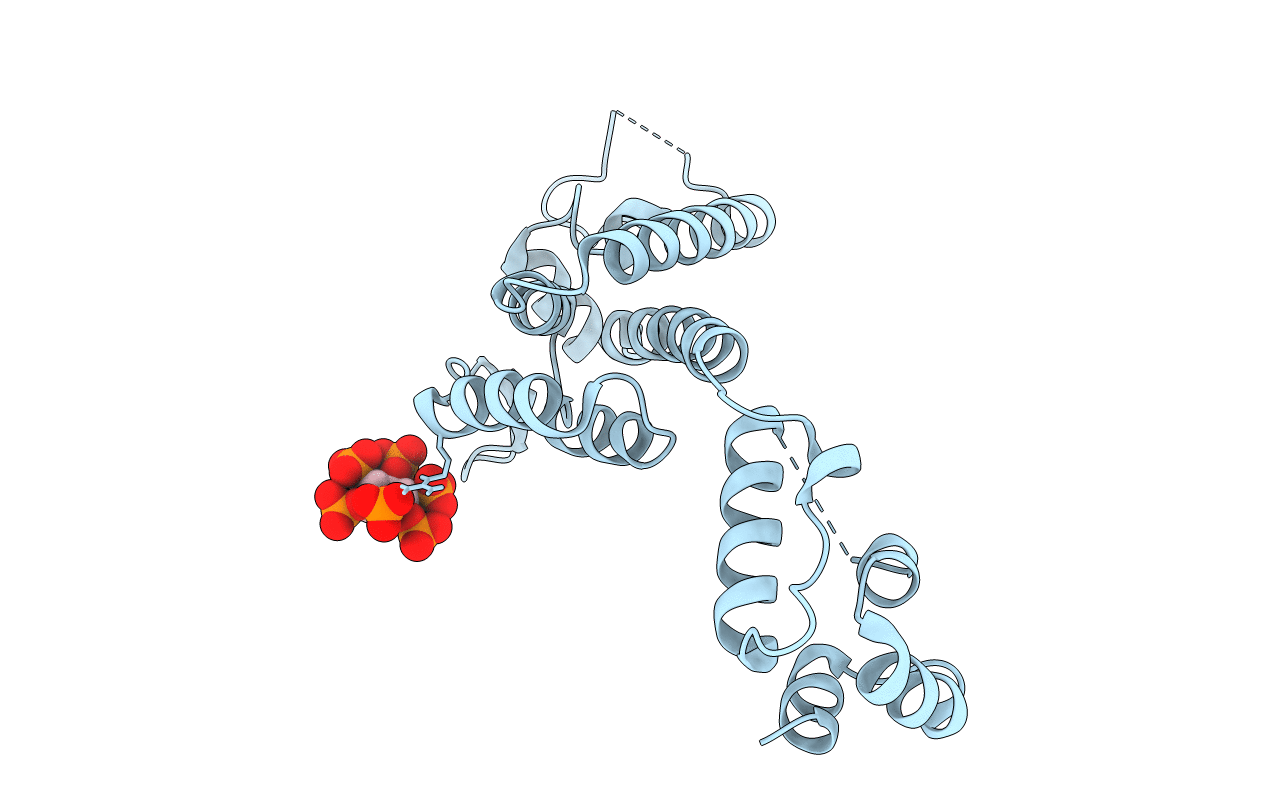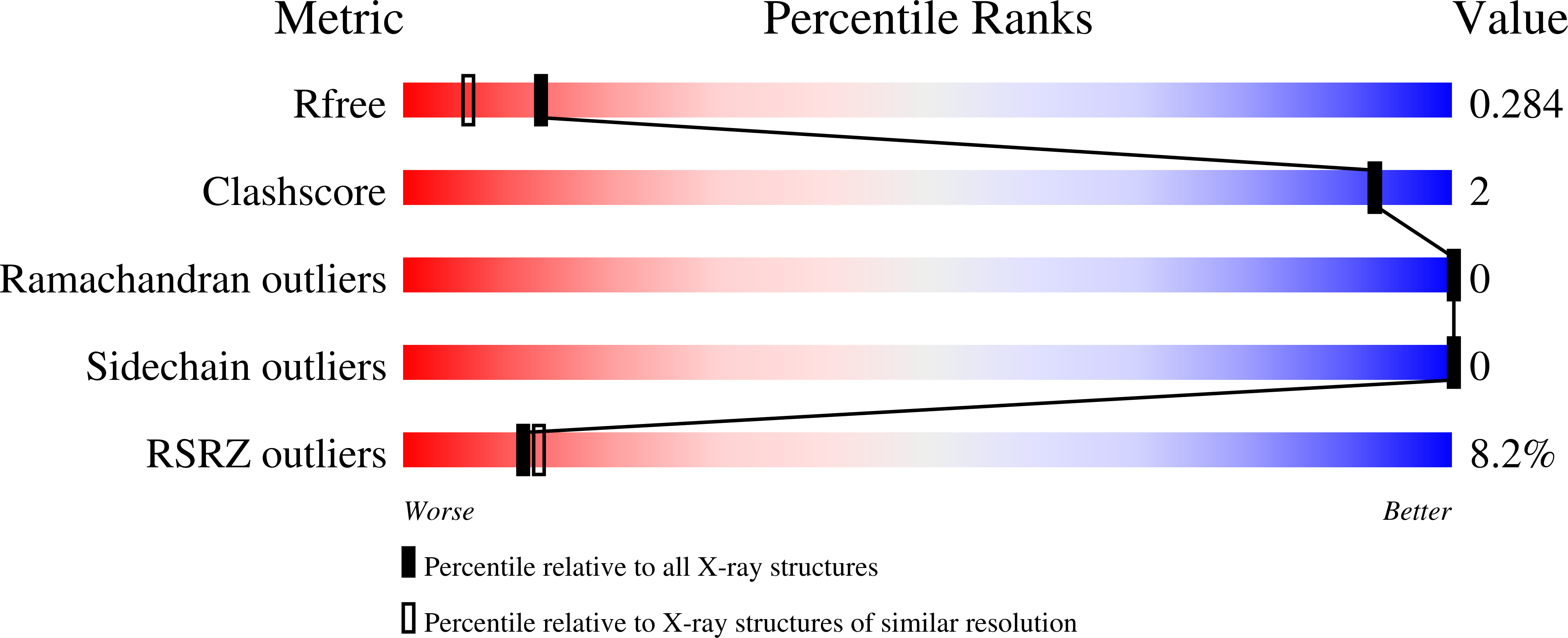
Deposition Date
2017-10-31
Release Date
2018-08-01
Last Version Date
2024-10-30
Entry Detail
PDB ID:
6BHS
Keywords:
Title:
HIV-1 CA hexamer in complex with IP6, hexagonal crystal form
Biological Source:
Source Organism:
Host Organism:
Method Details:
Experimental Method:
Resolution:
1.98 Å
R-Value Free:
0.28
R-Value Work:
0.23
R-Value Observed:
0.23
Space Group:
P 6


